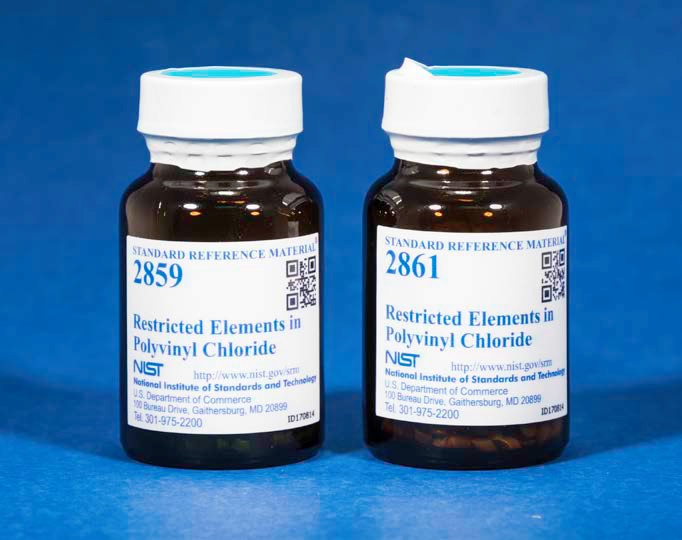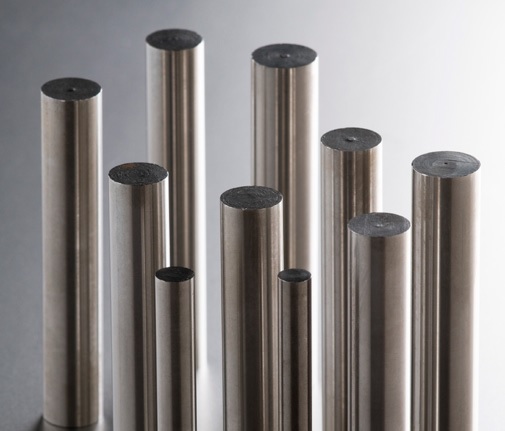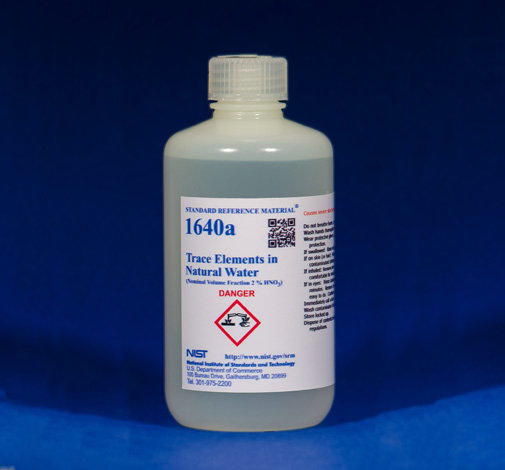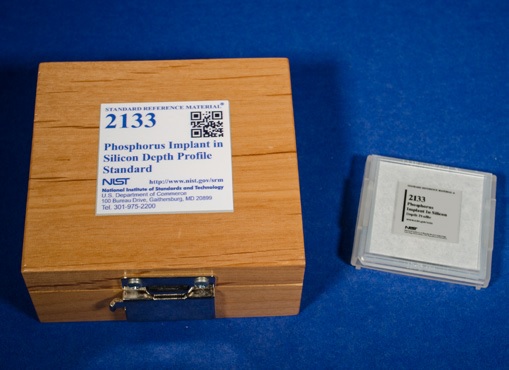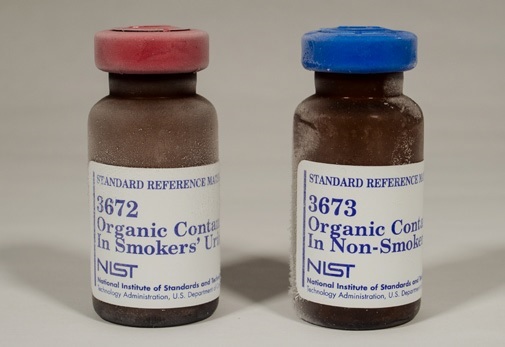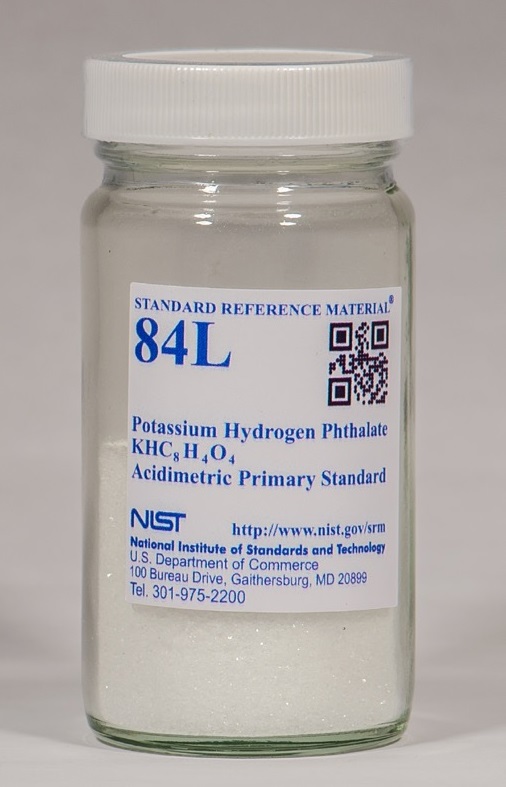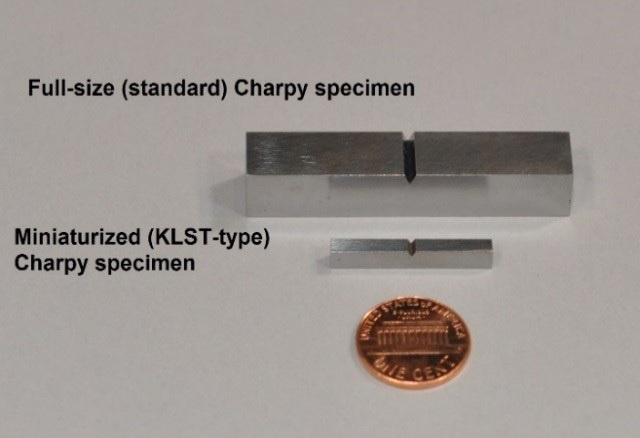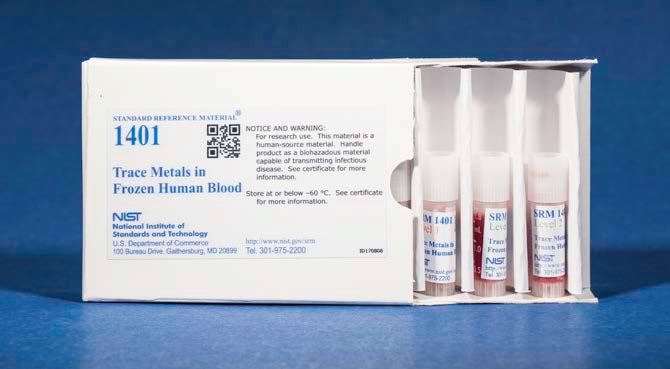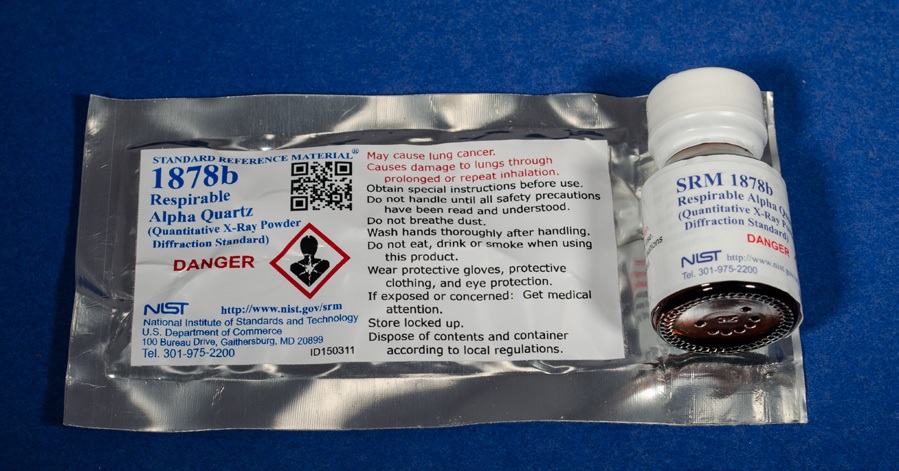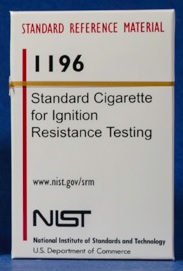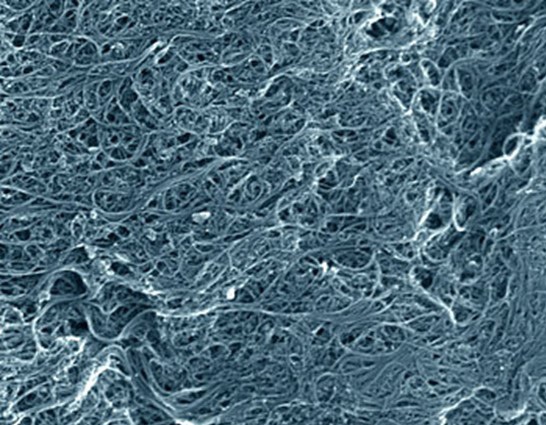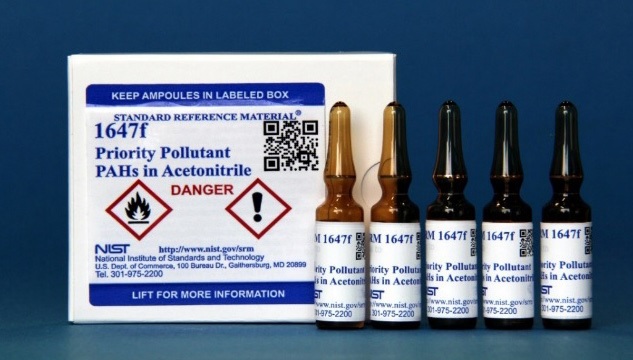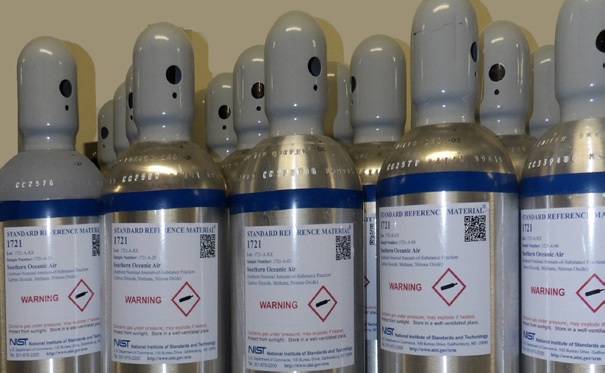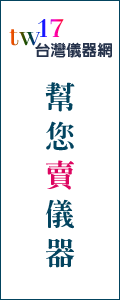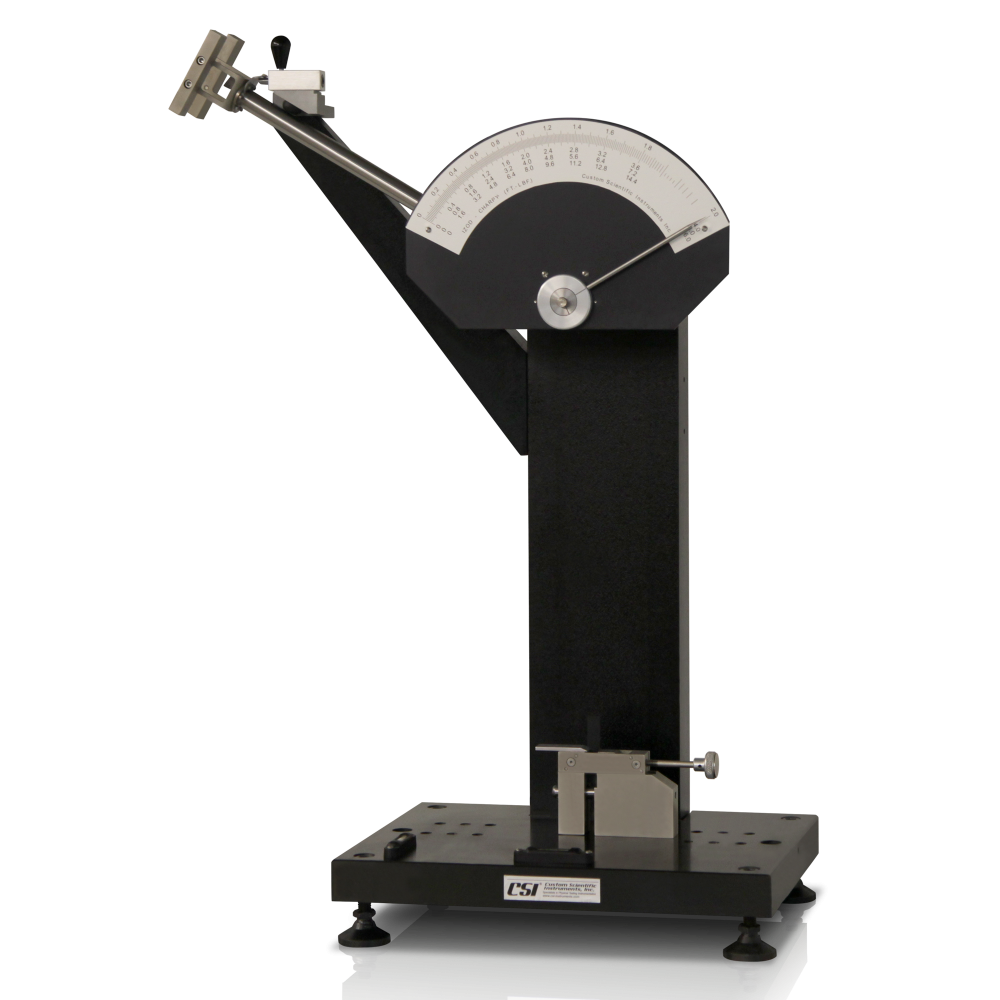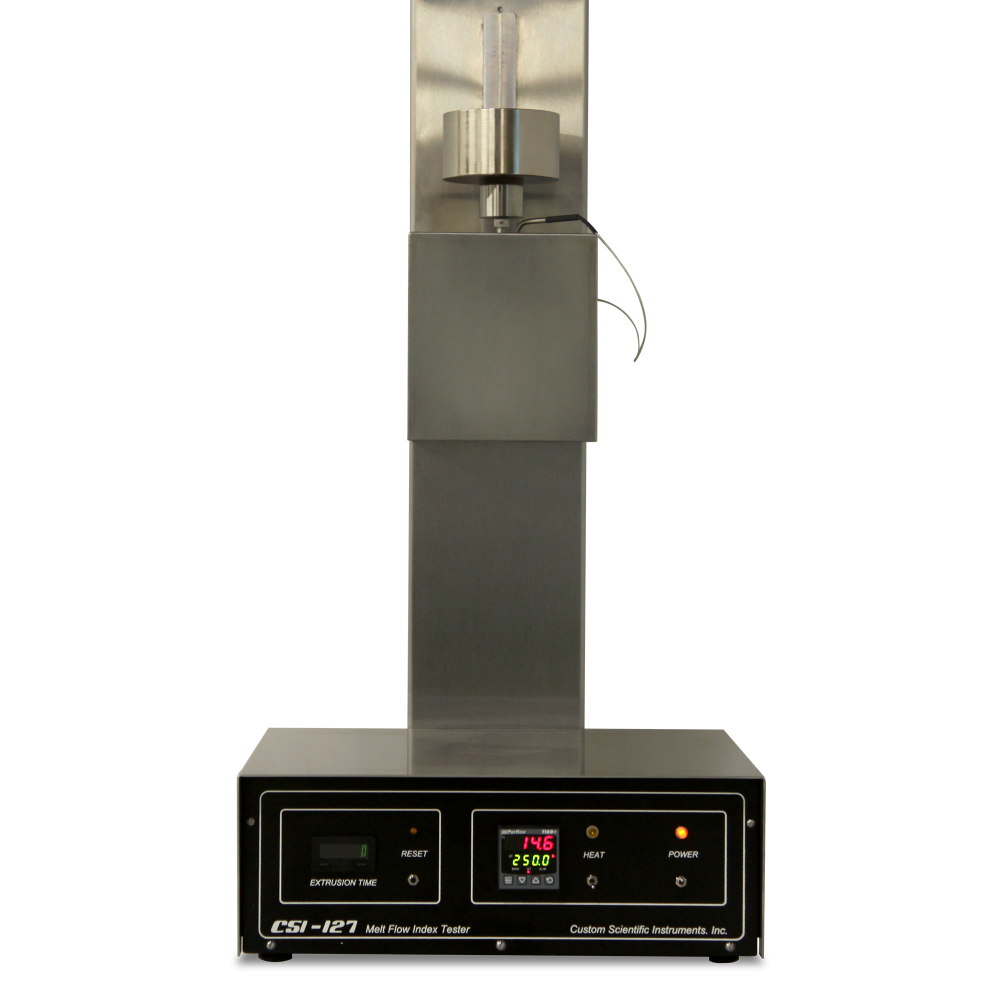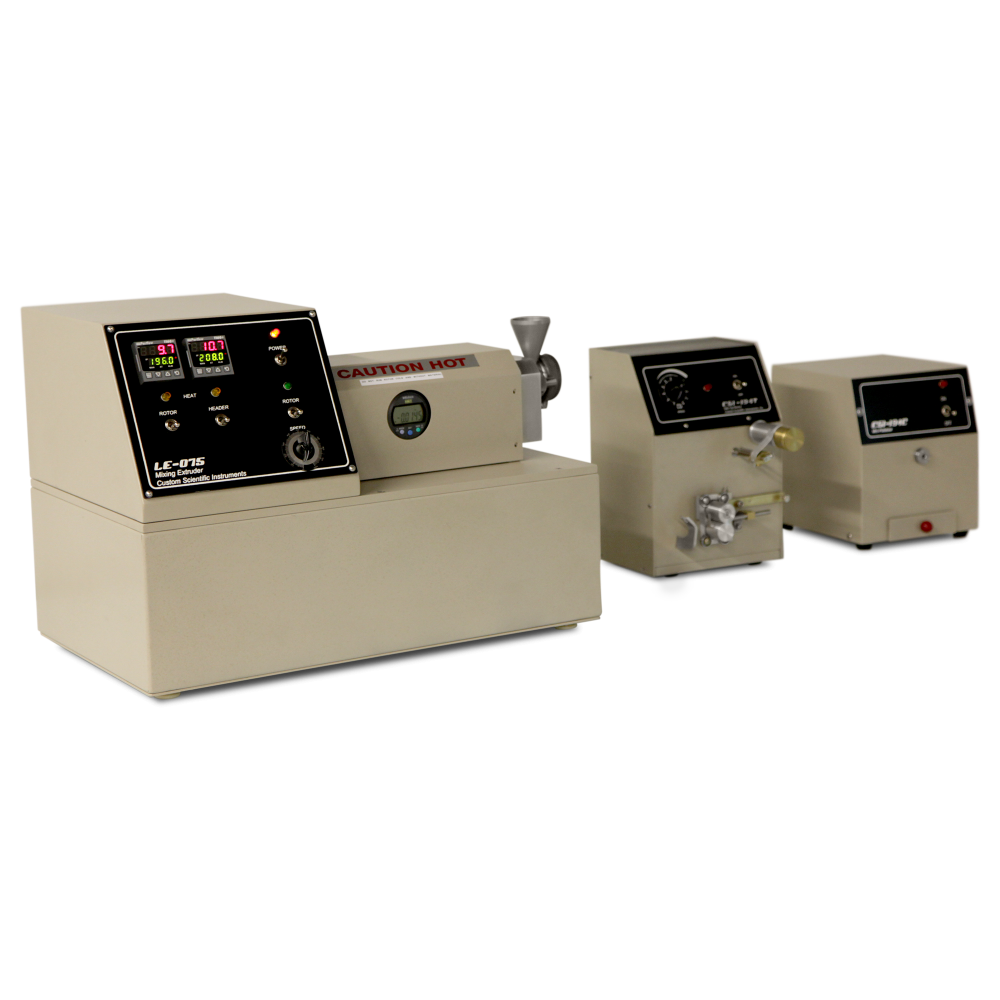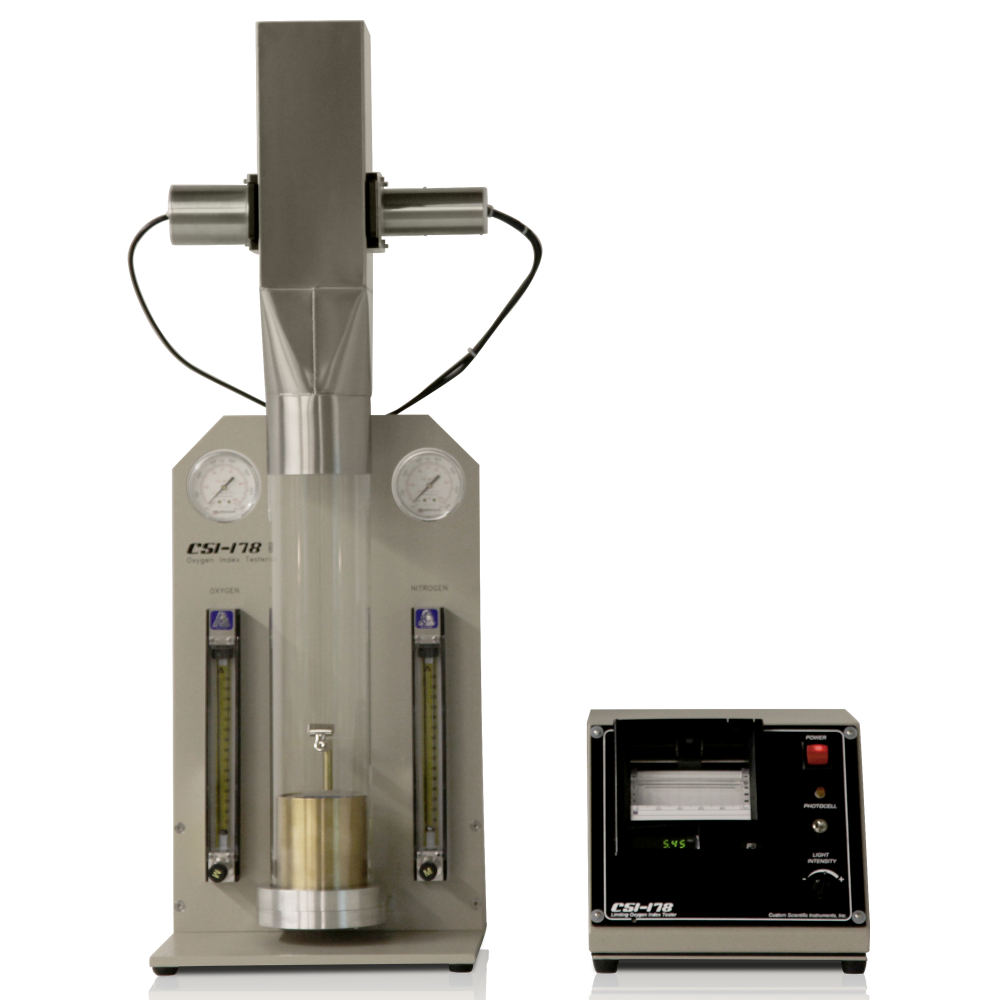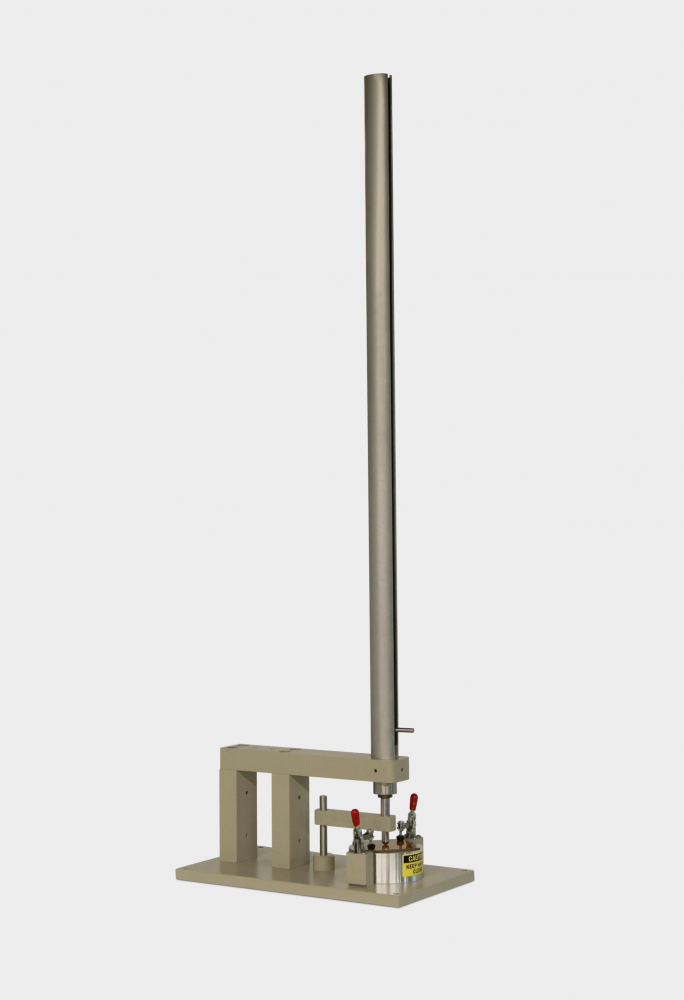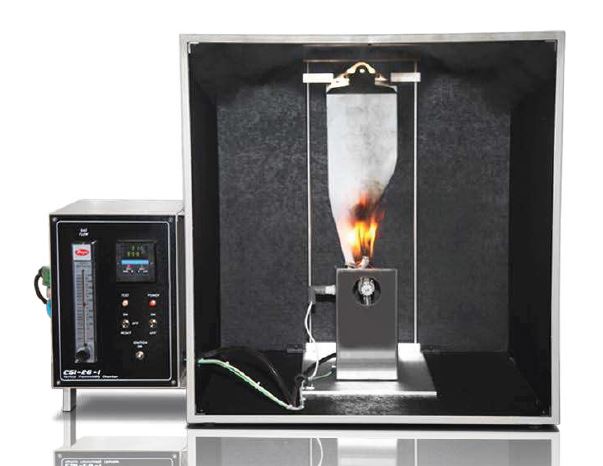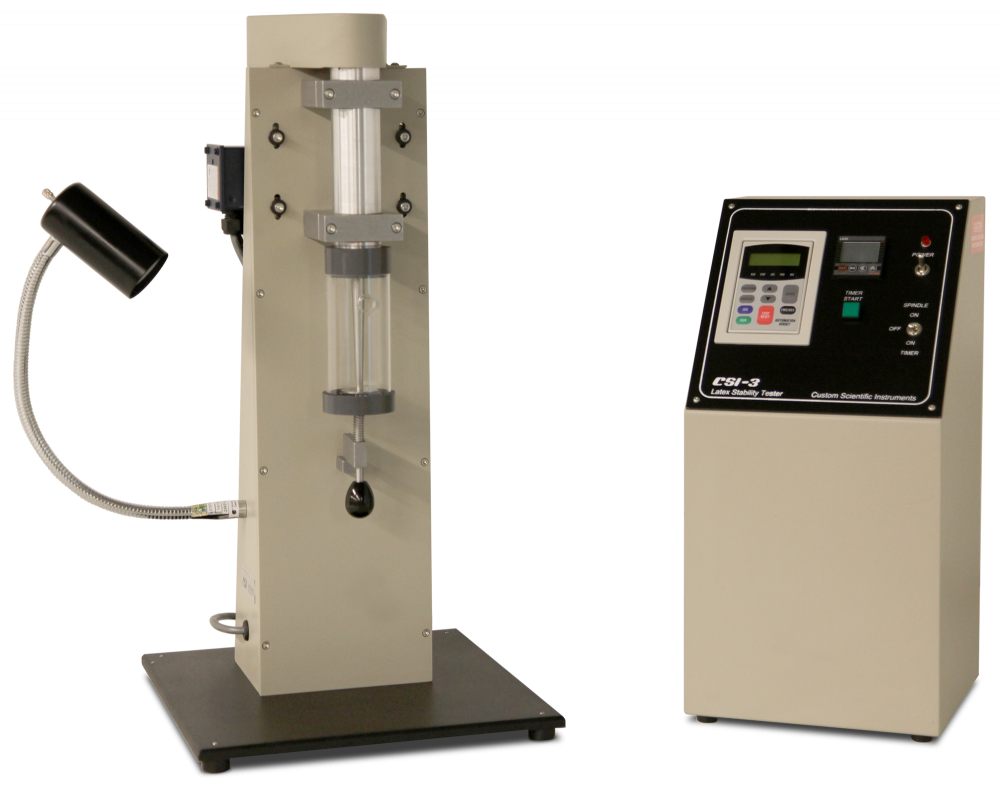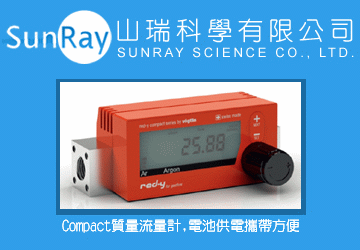NIST SRM 2859 / 2861 NIST SRM 2859 / 2861 聚氯乙烯中的限制元素
NIST SRM 2859 / 2861
NIST SRM 2859 / 2861 聚氯乙烯中的限制元素
NIST SRM 2859 / 2861 Restricted Elements in Polyvinyl Chloride
廠牌:代理
供應商:大台北尖端儀器有限公司
聯絡電話:02-2531-0981
| 快速詢價 |
美國國家標準技術研究院與美國消費品安全委員會(CPSC)合作開發並發布了兩種用於聚氯乙烯(PVC)限制元件的SRM。 SRM 2859和SRM 2861作為含有25克擠壓顆粒的瓶子販售。該聚合物是與位於北卡羅來納州夏洛特的聚合物中心合作製備的。擠壓顆粒通過材料組成變化(不均勻性)和與X射線熒光光譜法(XRF)和電感耦合等離子體光學發射光譜法(ICPOES)測試方法的兼容性的驗收測試。 NIST化學科學部,馬里蘭州羅克維爾的CPSC和紐約梅爾維爾的保險商實驗室(UL)進行了認證的定量分析。
SRM 2859旨在驗證歐盟關於電氣和電子產品中限制有害物質(RoHS)指令以及類似法規所涵蓋產品的PVC測試方法。鉛(Pb),汞(Hg),六價鉻(Cr(VI))和各種溴化阻燃劑(BFRs)的RoHS限制為0.1%質量分數,鎘(Cd)為0.01%。
SRM 2861旨在驗證用於ASTM International F963-11標準消費者安全規範的玩具安全所涵蓋產品中PVC的測試方法,該標準包含了元素銻(Sb),砷(As),鋇( Ba),鎘(Cd),鉻(Cr),鉛(Pb),汞(Hg)和硒(Se)。 ASTM F963已通過引用納入法規。製造商發現,根據測試結果,分析材料中各元素的總量並估算受限化合物(BFR和Cr(VI))的最大可能用量是有用的。已發布的基於XRF和ICPOES的標準測試方法使XRF快速分析的速度大大提高,但比ICPOES更不敏感。這兩種測試方法都需要校準,並且需要經過認證的參考材料才能驗證測試結果。
In collaboration with the U.S. Consumer Product Safety Commission (CPSC), NIST developed and issued two SRMs for restricted elements in polyvinyl chloride (PVC). SRM 2859 and SRM 2861 are sold as bottles containing 25 g of extruded pellets. The polymers were prepared in collaboration with Polymers Center of Excellence, Charlotte, NC. The extruded pellets passed acceptance testing for material composition variance (heterogeneity) and compatibility with X-ray fluorescence spectrometry (XRF) and inductively coupled plasma optical emission spectrometry (ICPOES) test methods. Quantitative analyses for certification were performed by NIST Chemical Sciences Division, CPSC in Rockville, Maryland, and Underwriters Laboratories (UL) in Melville, New York.
SRM 2859 is intended for validation of test methods for PVC used in products covered by the European Union directive on Restriction of Hazardous Substances (RoHS) in electrical and electronic products and similar regulations. RoHS limits are mass fractions of 0.1 % for lead (Pb), mercury (Hg), hexavalent chromium (Cr(VI)), and individual brominated flame retardants (BFRs), and 0.01 % for cadmium (Cd).
SRM 2861 is intended for validation of test methods for PVC used in products covered by ASTM International F963-11 Standard Consumer Safety Specification for Toy Safety, which contains limits for soluble amounts of the elements antimony (Sb), arsenic (As), barium (Ba), cadmium (Cd), chromium (Cr), lead (Pb), mercury (Hg), and selenium (Se) in coatings and substrates in toys. ASTM F963 has been incorporated by reference into regulations. Manufacturers find it useful to analyze materials for the total amount of each element and to estimate the maximum possible amounts of restricted compounds (BFRs and Cr(VI)) based on the test results. Published standard test methods based on XRF and ICPOES enable rapid analyses with XRF being substantially faster but less sensitive than ICPOES. Both types of test methods require calibration, and certified reference materials are needed for validation of test results.



